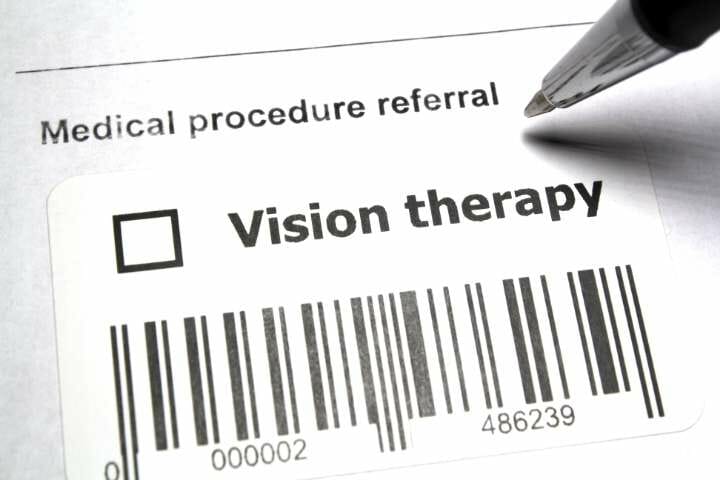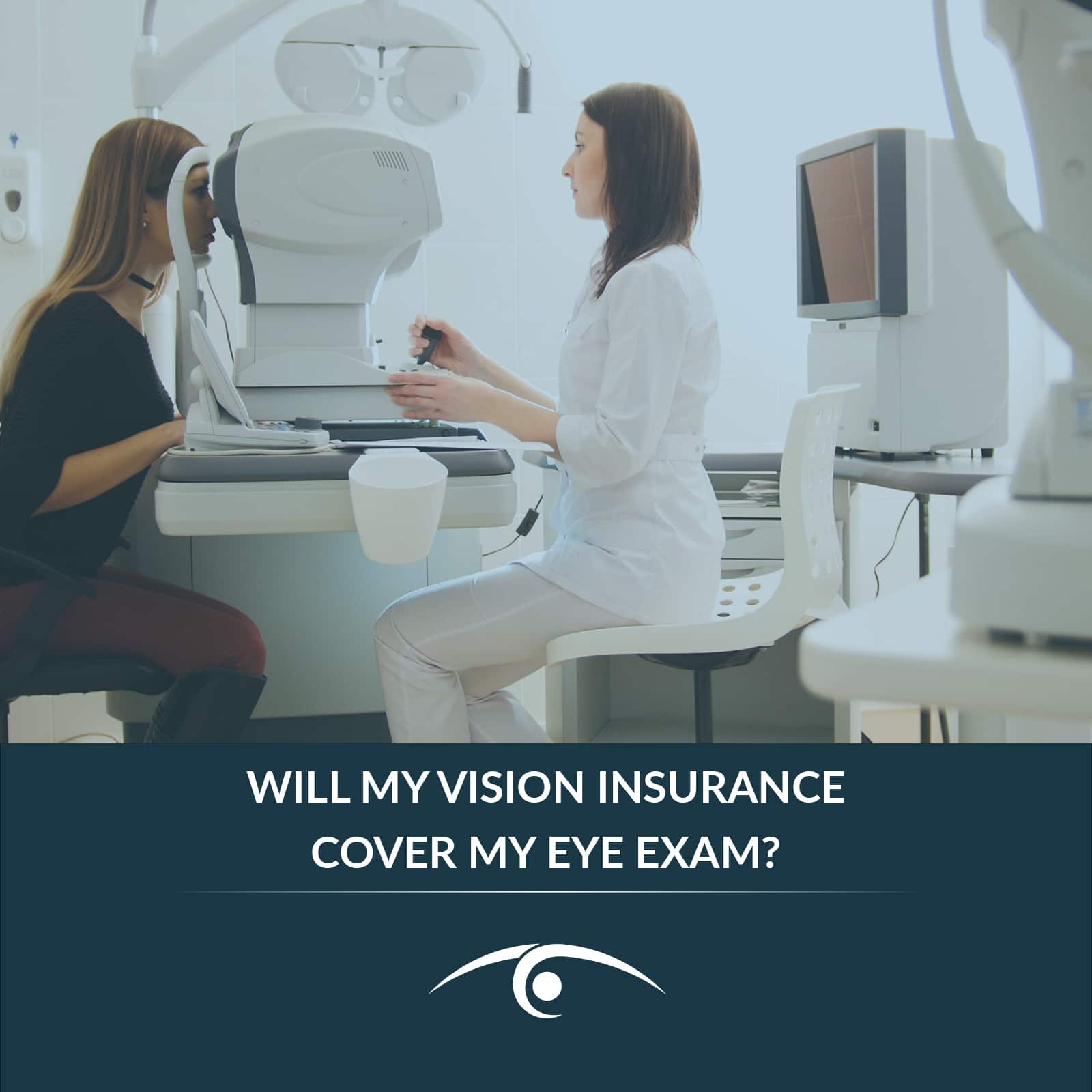Is vision therapy covered by insurance? This question often arises for individuals seeking to improve their visual abilities. Delving into the realm of insurance coverage for vision therapy, this comprehensive guide unravels the intricacies of insurance policies, eligibility criteria, and reimbursement processes, empowering readers with the knowledge to navigate the insurance landscape and maximize coverage.
Understanding the nuances of insurance coverage is paramount for maximizing the benefits available for vision therapy. This guide provides a roadmap to assist individuals in determining coverage eligibility, selecting qualified providers, and navigating the complexities of coding and billing. Additionally, it offers valuable insights into the appeals process, ensuring that patients receive the necessary support for their vision therapy journey.
Insurance Coverage
Insurance coverage for vision therapy varies depending on the insurance provider and the specific plan. Generally, vision therapy is covered if it is deemed medically necessary to treat a diagnosed vision condition.
Some common exclusions or limitations include:
- Vision therapy for cosmetic purposes
- Vision therapy for learning disabilities or developmental delays
- Vision therapy for conditions that are not covered by the insurance plan
Examples of insurance plans that cover vision therapy include:
- Blue Cross Blue Shield
- UnitedHealthcare
- Cigna
Types of Vision Therapy Covered

Insurance coverage for vision therapy varies depending on the specific policy and the type of therapy being provided. However, many insurance plans do cover some types of vision therapy, especially when it is deemed medically necessary to address underlying vision conditions or disorders.
Conditions or Diagnoses That Qualify for Coverage
- Strabismus (crossed eyes)
- Amblyopia (lazy eye)
- Convergence insufficiency
- Accommodative dysfunction
- Binocular vision disorders
- Developmental vision disorders
- Traumatic brain injuries
- Neurological conditions affecting vision
Case Studies or Examples of Successful Insurance Claims for Vision Therapy
Here are a few case studies that demonstrate successful insurance claims for vision therapy:
- A child with strabismus received vision therapy to correct the misalignment of their eyes. The therapy involved eye exercises, prism glasses, and patching. After several months of therapy, the child’s eyes were aligned and their vision improved significantly.
- An adult with convergence insufficiency underwent vision therapy to improve their ability to focus on near objects. The therapy involved eye exercises and specialized lenses. After several weeks of therapy, the adult’s convergence ability improved and they were able to read and work on the computer without experiencing eye strain.
- A person with a traumatic brain injury received vision therapy to address their double vision and other visual problems. The therapy involved eye exercises, prism glasses, and balance training. After several months of therapy, the person’s vision improved and they were able to return to their daily activities.
- A copy of the prescription for vision therapy
- A detailed invoice from the vision therapy provider
- A letter of medical necessity from the eye care professional
- Certified Vision Therapist (CVT) from the American Optometric Association (AOA)
- Fellow of the College of Optometrists in Vision Development (FCOVD)
- Board Certified in Vision Development (BCVD) from the American Board of Optometry (ABO)
- 92060: Initial vision therapy evaluation
- 92061: Subsequent vision therapy evaluation
- 92062: Vision therapy treatment session
- Use the correct CPT codes and modifiers for the services provided.
- Document the patient’s diagnosis and the rationale for vision therapy in the medical record.
- Obtain prior authorization from the insurance company before starting treatment, if required.
- Submit claims promptly and follow up on any denials.
- Lack of medical necessity
- Experimental or investigational treatments
- Services not covered by your plan
- Pre-existing conditions
- Coordination of benefits issues
- Review the denial letter carefully to understand the reason for the denial.
- Gather additional documentation to support your claim.
- Contact your insurance company to discuss the denial and explore possible solutions.
- If necessary, file an appeal within the specified timeframe.
- Be thorough in your documentation.
- Provide clear and concise evidence to support your claim.
- Be persistent and don’t give up easily.
- Consider seeking professional help from an insurance advocate or attorney.
- Understand your plan benefits thoroughly.
- Communicate regularly with your insurance company to avoid misunderstandings.
- Keep a record of all correspondence and documentation related to your insurance claims.
- Be aware of your rights as a policyholder.
- Financial assistance: Insurance can help cover the costs of vision therapy, making it more affordable for patients.
- Access to care: Coverage ensures that patients have access to necessary vision therapy services, which can improve their overall vision health.
- Improved outcomes: Vision therapy can significantly improve vision problems, and insurance coverage can help patients receive the full course of treatment they need.
- Deductibles and copays: Patients may be responsible for paying deductibles and copays before insurance coverage begins.
- Pre-authorization: Some insurance plans require pre-authorization before approving vision therapy services.
- Coverage limits: Insurance plans may have limits on the number of vision therapy sessions or the total amount of coverage.
- Contact your insurance provider: Inquire about your coverage for vision therapy and any specific requirements.
- Obtain a referral: Many insurance plans require a referral from a physician or optometrist to approve vision therapy.
- Document your symptoms: Keep a record of your vision problems and how they impact your daily life.
- Be prepared to appeal: If your claim is denied, be prepared to appeal the decision with supporting documentation.
Eligibility Criteria

Insurance coverage for vision therapy is subject to specific eligibility requirements. These criteria vary among insurance providers, but typically involve a diagnosis of a qualifying vision condition and meeting certain treatment criteria.
To determine if a patient meets the eligibility criteria, an evaluation by a qualified eye care professional is typically required. This evaluation may include a comprehensive eye exam, vision testing, and an assessment of the patient’s symptoms and functional limitations.
Documentation and Claims
If the evaluation indicates that the patient meets the eligibility criteria, the eye care professional will provide a written prescription for vision therapy. This prescription will include a diagnosis, treatment plan, and the expected duration of therapy.
To submit a claim for insurance coverage, the patient will need to provide their insurance provider with the following documentation:
Provider Qualifications
To be eligible for insurance reimbursement, vision therapists must possess specific qualifications that meet the requirements set by insurance companies. These qualifications encompass certifications, training, and experience, ensuring that therapists have the necessary knowledge and skills to provide effective vision therapy services.
Certifications
Insurance companies typically require vision therapists to hold relevant certifications that demonstrate their expertise in the field. These certifications may include:
Coding and Billing
Accurate coding and billing practices are crucial for ensuring appropriate reimbursement for vision therapy services. Understanding the correct CPT codes and modifiers, as well as following insurance guidelines, can maximize reimbursement and reduce the risk of denials.
Vision therapy services are typically billed using Current Procedural Terminology (CPT) codes. The specific codes used will depend on the type of therapy provided and the patient’s diagnosis.
CPT Codes for Vision Therapy
In addition to the main CPT codes, modifiers may be used to indicate specific circumstances or procedures. For example, modifier -59 may be used to indicate that a procedure was performed on the same day as another procedure, but at a different site of service.
Tips for Maximizing Reimbursement
Appeals and Denials

Insurance denials can be frustrating, but there is a process in place to appeal these decisions. Understanding the appeals process and common reasons for denials can help you maximize your chances of success.
Understanding the Appeals Process, Is vision therapy covered by insurance
If your insurance claim is denied, you have the right to appeal the decision. The appeals process typically involves submitting additional documentation, such as medical records or a letter from your doctor, to support your claim. You will have a specific timeframe to file an appeal, so it’s important to act promptly.
Common Reasons for Denials
Some common reasons for insurance denials include:
Addressing Denials
To address a denial, you should:
Strategies for Successful Appeals
To increase your chances of a successful appeal, consider the following strategies:
Maximizing Coverage
To maximize your insurance coverage, you should:
By understanding the appeals process, common reasons for denials, and strategies for successful appeals, you can increase your chances of getting the insurance coverage you need.
Patient Education: Is Vision Therapy Covered By Insurance
Navigating insurance coverage for vision therapy can be complex, but understanding your benefits and limitations can help you maximize reimbursement and ensure you receive the necessary treatment. This resource provides comprehensive information on understanding insurance coverage for vision therapy.
Vision therapy is typically covered by insurance if it is deemed medically necessary. This means that your insurance provider must determine that the therapy is essential for improving or maintaining your vision. Coverage may vary depending on your insurance plan and state regulations.
Benefits of Coverage
Limitations of Coverage
Tips for Navigating the Insurance Process
Ultimate Conclusion

In conclusion, navigating the insurance landscape for vision therapy requires a multifaceted approach. By understanding the intricacies of coverage, eligibility criteria, and reimbursement processes, individuals can maximize their insurance benefits and access the necessary vision therapy services to enhance their visual abilities.
This guide serves as a valuable resource, empowering readers with the knowledge and strategies to optimize their insurance coverage and embark on a successful vision therapy journey.